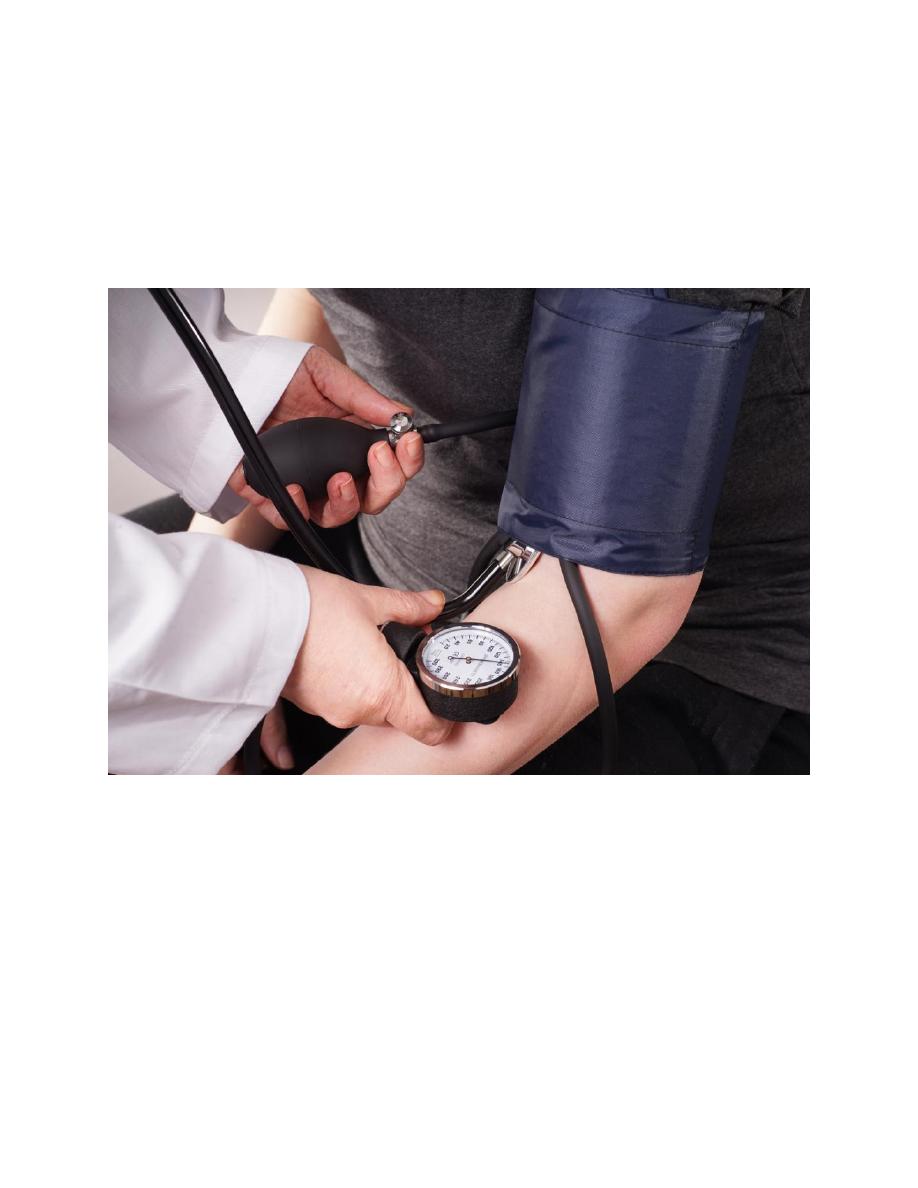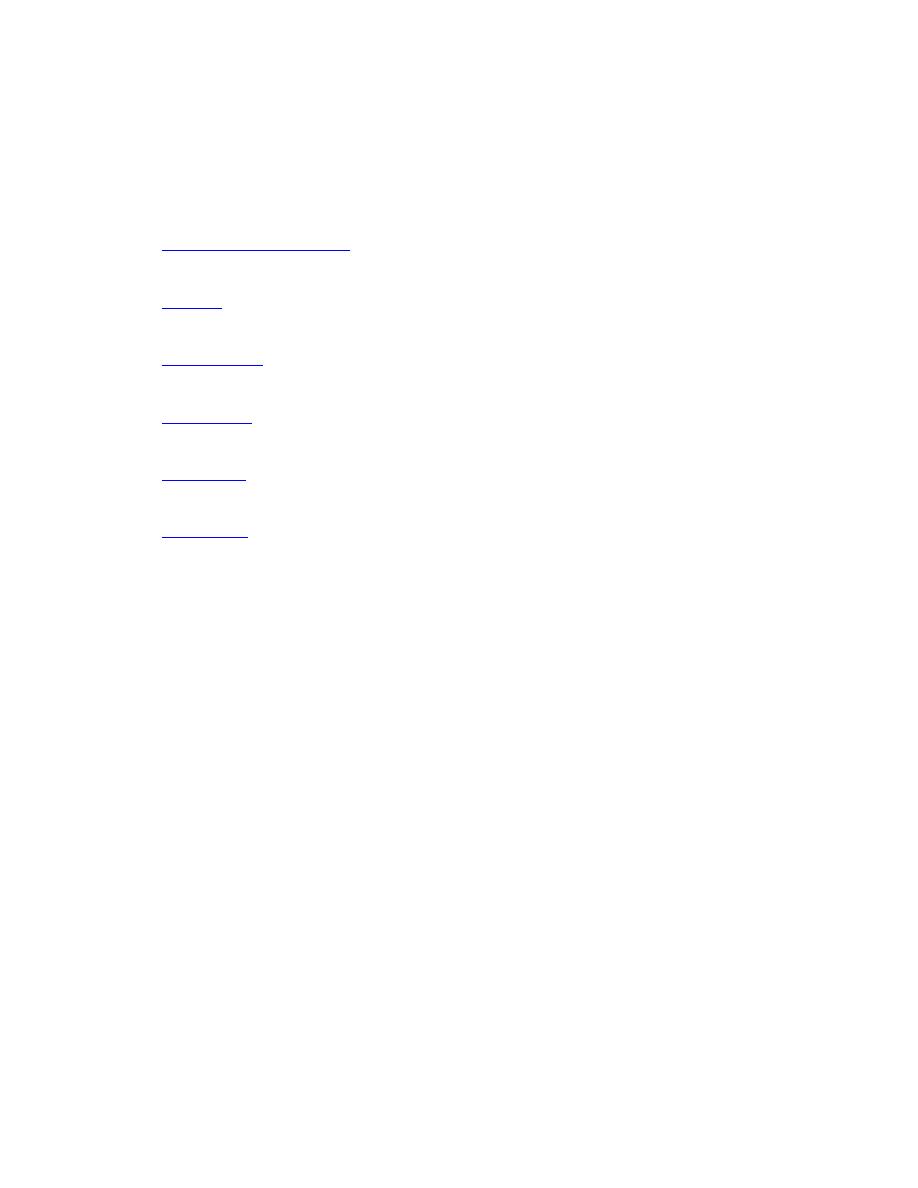
Hypertension: Causes,
symptoms, and treatments
Hypertension is another name for high blood pressure. It can severely impact
quality of life and it increases the risk of heart disease, stroke, and death.
in the United States (U.S.) have
are global problems. The World Health
Organization (WHO) suggests that the growth of the processed food industry
the amount of salt consumed, and that this plays a role in hypertension.

Some types of hypertension can be managed through lifestyle and dietary choices,
such as engaging in physical activity, reducing alcohol and tobacco use, and
avoiding a high-sodium diet.
Fast facts on hypertension:
Here are some key points about hypertension.
o
is 120 over 80 mm of mercury (mmHg), but high blood
pressure is higher than 140 over 90 mmHg.
o
Acute causes of high blood pressure include
, but it can happen on its own
or it can result from a condition, such as kidney disease.
o
Unmanaged hypertension can lead to a
, and other problems.
o
Lifestyle factors are the best way to address high blood pressure.

What is hypertension?
Blood pressure is the force exerted by the blood against the walls of the blood vessels.
How great the pressure is depends on the work being done by the heart and the
resistance of the blood vessels.
Medical guidelines define hypertension as a blood pressure higher than
millimeters of mercury (mmHg).
The systolic reading of 140 mmHg refers to the pressure as the heart pumps blood
around the body. The diastolic reading of 90 mmHg refers to the pressure as the heart
relaxes and refills with blood.
Systolic
Diastolic
Normal blood pressure
120
80
Prehypertension
Between 120 and 139
Between 80 and 89
Stage 1 hypertension
Between 140 and 159
Between 90 and 99
Stage 2 hypertension
160
100
Hypertensive crisis
180
110

If, when taking blood pressure, the reading shows a hypertensive crisis, the person
should wait 2 or 3 minutes and then repeat the test.
If the reading is the same or higher, this is a medical emergency.
The person should seek immediate attention at the nearest hospital.
Causes
Blood pressure varies throughout the day. It is lower during sleep and higher on
awakening.
Occasionally having high blood pressure for a short time is a normal physiological
response to many situations. Acute stress and intense exercise, for example, can
briefly elevate blood pressure in a healthy person.
For this reason, a diagnosis of hypertension normally requires several readings that
show high blood pressure over time.
However, a reading of 180 over 110 mmHg or higher could be a sign of a
hypertensive crisis that warrants immediate medical attention.

Risk factors
A number of risk factors increase the chances of having hypertension.
Age: Hypertension is more common in people aged over 60 years. With age, blood
pressure can increase steadily as the arteries become stiffer and narrower due to
plaque build-up.
Ethnicity: Some ethnic groups are more prone to hypertension.
Size and weight: Being overweight or obese is a key risk factor.
Sex: The lifetime risk is the same for males and females, but men are more prone to
hypertension at a younger age, while rates tend to be higher rate in women at older
ages.
Existing health conditions: Cardiovascular disease,
, and
high cholesterol levels are predictors for hypertension, especially as people get older.
Other contributing factors include:
physical inactivity
a salt-rich diet associated with processed and fatty foods
alcohol and tobacco use
certain diseases and medications
A family history of high blood pressure and poorly managed stress also contribute.

Primary and secondary hypertension
High blood pressure that is not caused by another condition or disease is called
primary, or essential, hypertension. If it occurs as a result of another condition, it is
called secondary hypertension.
Primary hypertension can result from multiple factors, including blood plasma
volume and activity of the hormones that regulate of blood volume and pressure. It is
also influenced by environmental factors, such as stress and lack of exercise.
Secondary hypertension has specific causes and is a complication of another
problem.
It can result from:
, due to both kidney problems and nerve damage
kidney disease
Cushing syndrome, which can be caused by corticosteroid drugs
congenital adrenal hyperplasia, disorder of the cortisol-secreting adrenal glands
, or overactive thyroid gland
hyperparathyroidism, which affects
pregnancy
sleep apnea
chronic kidney disease (CKD)

CKD is a common cause of high blood pressure, because the kidneys do not filter out
fluid. This fluid overload leads to hypertension.
Common reversible causes of secondary hypertension are excessive alcohol intake
Symptoms
A person with hypertension may not notice any symptoms, and it is often called the
"silent killer." While undetected, it can
and internal organs, such as the kidneys.
Long-term hypertension can cause complications through
, where the
formation of plaque results in the narrowing of blood vessels. This makes
hypertension worse, as the heart must pump harder to deliver blood to the
High blood pressure raises the risk of a number of health problems, including a
heart attack.
Hypertension-related atherosclerosis can lead to:
, or an abnormal bulge in the wall of an artery that can burst, causing
severe bleeding and, in some cases, death
kidney failure
stroke
amputation

hypertensive retinopathies in the eye, which can lead to blindness Regular blood
pressure testing can help people avoid the more severe complications.
Diagnosis
Diagnosis of hypertension is made by measuring blood pressure over at least 3 clinic
visits using the upper-arm cuff device called a sphygmomanometer.
The doctor will take a history and perform a physical examination before diagnosing
hypertension.
Some additional tests can help identify the cause of high blood pressure and determine
any complications.
Tests may include:
urine tests
blood tests
electrocardiogram (ECG) and an echocardiograph
Treatment
Lifestyle choices can contribute to the treatment and prevention of high blood
pressure, and they can have wider benefits for the heart and overall health.

Salt restriction
Average salt intake is between 9 grams (g) and 12 g a day in most countries around
the world.
The WHO recommend reducing intake to
a day, to help decrease the risk of
hypertension and related health problems. This can benefit people both with and
without hypertension, but those with hypertension will benefit the most.
More fruit and vegetables, less fat
People who have or who are at risk of high blood pressure are advised to minimize
intake of saturated fat and total fat.
Recommended instead are:
whole-grain, high-fibre foods
a variety of fruit and vegetables
beans, pulses, and nuts
omega-3-rich fish twice a week
non-tropical vegetable oils, for example, olive oil
skinless poultry and fish
low-fat dairy products It is important
trans-fats, or hydrogenated vegetable
oils, and animal fats, where possible, and watch your portion size.
Reducing and maintaining weight
Hypertension is closely related to excess body weight, and weight reduction is
normally followed by a fall in blood pressure. A healthy, balanced diet with a calorie
intake that matches the individual's size, sex, and activity level will help.

Regular physical exercise
that patients with hypertension engage in 30 minutes of
moderate-intensity dynamic aerobic exercise, such as walking, jogging, cycling or
swimming, on 5 to 7 days of the week.
Stress reduction
Avoiding stress, or developing strategies for managing unavoidable stress, can help
with blood pressure control.
Using alcohol, drugs, smoking, and unhealthy eating to cope with stress will add to
hypertensive problems. These should be avoided.
Smoking can raise blood pressure. Giving up smoking reduces the risk of
hypertension, heart conditions, and other health issues.
The DASH diet
The U.S. National Heart Lung and Blood Institute (NHLBI) recommends the DASH
diet for people with high blood pressure. DASH, or "Dietary Approaches to Stop
Hypertension," has been specially formulated to help people lower blood pressure.
It is a flexible and balanced eating plan based on research studies sponsored by the
Institute, which says that the diet:
lowers high blood pressure
improves levels of fats in the bloodstream
reduces the risk of developing cardiovascular disease
called Keep the Beat Recipes with cooking
ideas to help achieve these results.

that using probiotic supplements for 8 weeks or more may
benefit people with hypertension.
Drug treatments
Lifestyle measures are standard first-line treatment for hypertension, but people with
blood pressure over 140 over 90 may use medication.
Drugs are usually started one at a time, at a low dose. Side effects associated with
antihypertensive drugs are usually minor.
Eventually, a combination of at least two antihypertensive drugs is usually required.
A range of drug types are available to help lower blood pressure, including:
diuretics, including thiazides, chlorthalidone, and indapamide
calcium-channel blockers
central agonists
peripheral adrenergic inhibitor
vasodilators
angiotensin-converting enzyme (ACE) inhibitors
angiotensin receptor blockers
The choice of drug depends on the individual and any other conditions they may have.
Anyone taking antihypertensive medications should be sure to carefully read labels,
especially before taking any over-the-counter (OTC) medications, such as
decongestants.These may interact with medications used to lower blood pressure.
